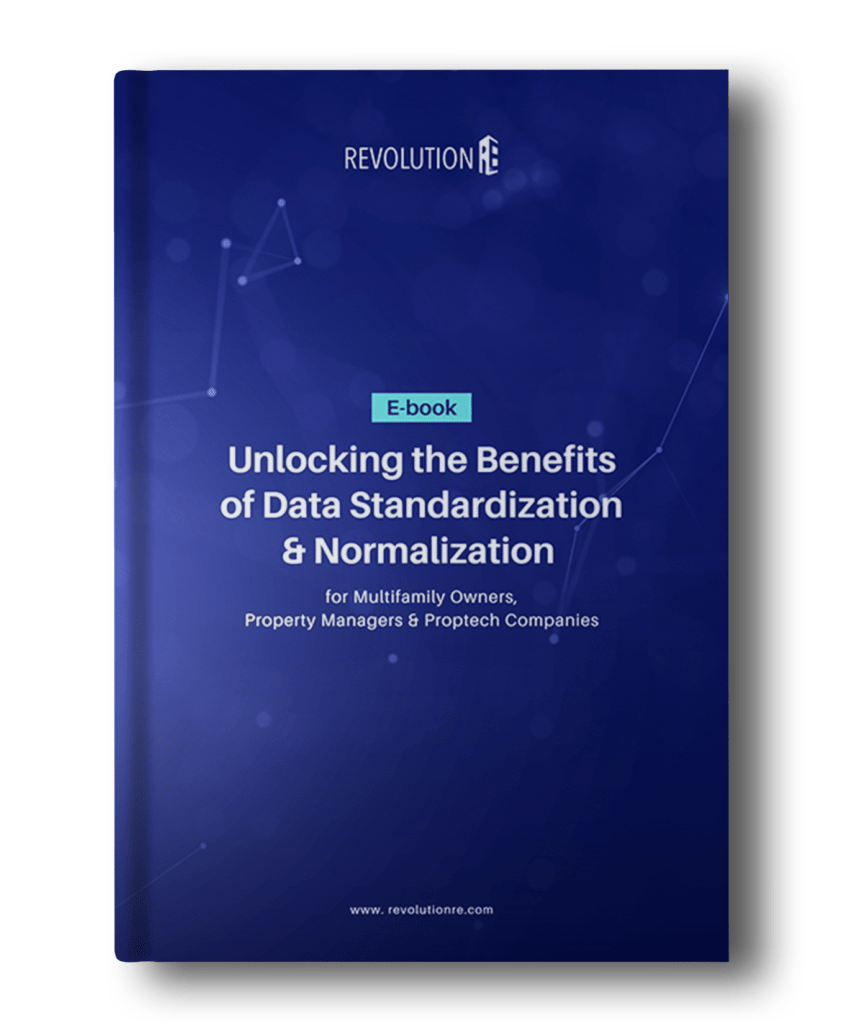
Experts agree, the multifamily industry is poised for a transformative year in 2024. While economic uncertainty lingers, innovative technologies like artificial intelligence (AI) and data analytics are finally emerging as the game-changers the industry needs, promising to unlock new levels of operational efficiency, financial performance, and resident satisfaction. How these technologies will reshape the landscape for multifamily property owners, investors, and asset managers remains to be seen in full, but a few trends are clearly gaining traction.
Financial analysis plays a crucial role in assessing the performance, profitability, and financial health of companies and investments. Traditionally, this analysis has been performed by financial professionals using manual methods and tools. However, with the advent of AI and data analytics, the landscape of financial analysis has undergone a significant transformation.
An introduction to AI and data analytics in the context of financial analysis involves exploring the fundamental concepts and technologies that drive this evolution and how they are reshaping the way financial professionals approach their work.
We invite you to subscribe to our newsletter for updates and industry news.
